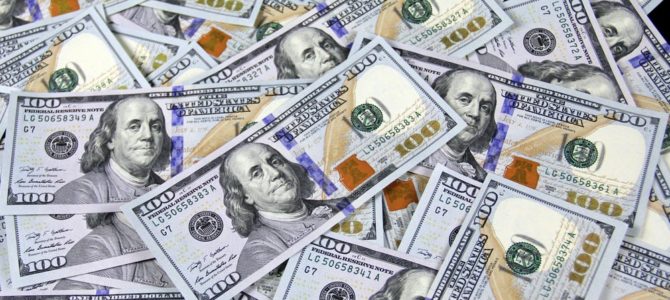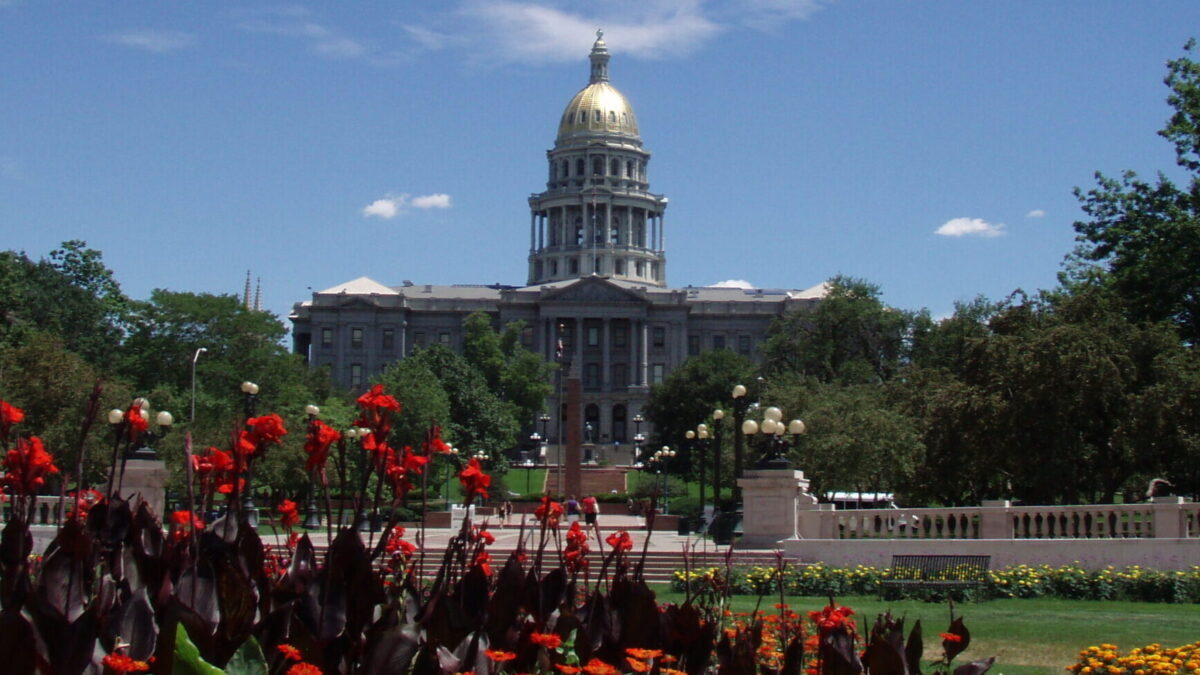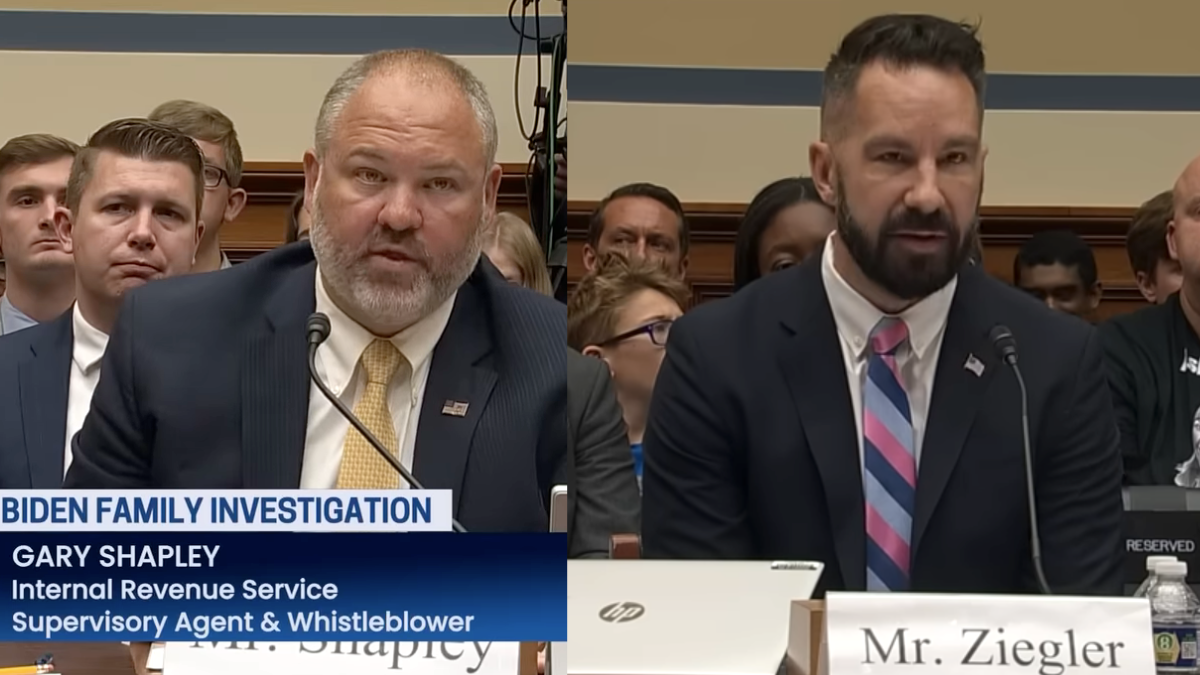State tax revenue was up in 2020, but that’s not stopping President Joe Biden and Democrats from clamoring for billions of federal bailout dollars to be directed to states in the new $1.9 trillion COVID-19 spending bill.
Many corporate media outlets and advocacy groups began pushing a narrative since the beginning of pandemic lockdowns that tax revenues were doomed, putting state and local budgets in “dire fiscal crises” and requiring government assistance. Data shows, however, that tax revenues did not suffer as big of a hit as projected. Instead, the tax revenues all across the nation that dropped in the second quarter shortly after government-mandated lockdowns shut down almost every aspect of American economies were quickly revived for the remainder of the year, creating a “modest” increase in tax revenues compared to 2019. These increases were depicted in both personal income and property tax revenues, while sales tax revenues were only slightly down.
“It is true that tax revenue growth in 2020 was slower than projected before the pandemic, but that is only a ‘shortfall’ if you assume that budgets must always grow at the strong pre-pandemic rates,” Chris Edwards of The Cato Institute wrote.
The Wall Street Journal also noted this phenomenon, stating that “the fiscal picture hasn’t been nearly as dire as feared” after some aid helped push the U.S. economy out of its recession. “A flood of federal aid for businesses and households helped prop up incomes and consumer spending. Unemployment fell and economic activity picked up much faster than expected. Unlike in previous recessions, equity and housing markets have done well,” the WSJ article states.
While some say tax revenues could still fall in 2021 and require the Democrat-sanctioned aid, fiscal projections for the year predict a rising GDP, indicating growth for state and tax revenues as well. Housing prices, some experts suggest, also indicate less-than-struggling state and local budgets for the next year.
“Local governments are gaining from rising house prices because property taxes account for 70 percent of local tax revenues. U.S. house prices in the fourth quarter were up 14.9 percent on the year and are expected to remain strong in 2021,” Edwards noted.
This increase in tax revenues follows reports that more than $1 trillion of Congress’s previous coronavirus spending is still sitting unused while Democrats prepare to jam another spending bill through the legislative chambers. According to the Committee For A Responsible Federal Budget, 60 percent of these remaining funds were authorized in the Response and Relief Act, which hurriedly passed in late December of 2020, but some date back to the CARES Act in March. Some of these dollars were designated for vaccine rollout and school reopenings but have yet to be spent.









